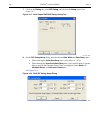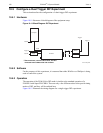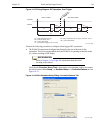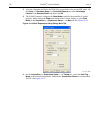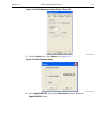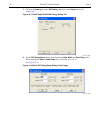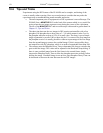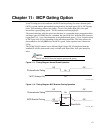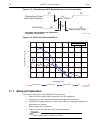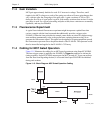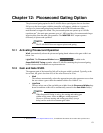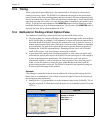
174 PI-MAX
®
4 System Manual Issue 4
10.6 Tips and Tricks
Experiments using the DIF feature of the PI-MAX4 can be complex, and timing of the
events is usually rather exacting. Here are several points to consider that may make the
experiment setup or troubleshooting much smoother and easier.
• The most important piece of equipment in a DIF experiment is an oscilloscope. The
PI-MAX4 has a
MONITOR BNC on the back of the camera which is very useful for
seeing when the two image exposures occur during the course of the experiment.
The use of the
MONITOR BNC and an oscilloscope is discussed in greater detail in
Chapter 15, Tips and Tricks.
• The short time between the two images in DIF requires an intensifier with a fast
phosphor. P46 phosphor has a decay time of ~ 2 µs which means it takes 2 µs for
the phosphor emission to drop to 10% of its peak value. The decay is not a simple
single exponential; even after 100 µs there may be 1% or more of the first image on
the phosphor screen. It is usually possible to subtract a percentage of the first image
from the second image to remove the residual image. If this is not possible, there
are intensifiers with P47 phosphor, which is an order of magnitude faster than P46.
• The software uses the Phosphor Decay Time to determine how long to wait after the
gate to shift the image. This value can be adjusted in the Hardware Setup dialog. If
there is some residual image from the first frame in the second frame, simply
increase the Phosphor Decay Time to allow the phosphor more time to decay before
shifting the image. If residual image is not an issue, then Phosphor Decay Time can
be shortened to decrease the time between the two DIF images.



